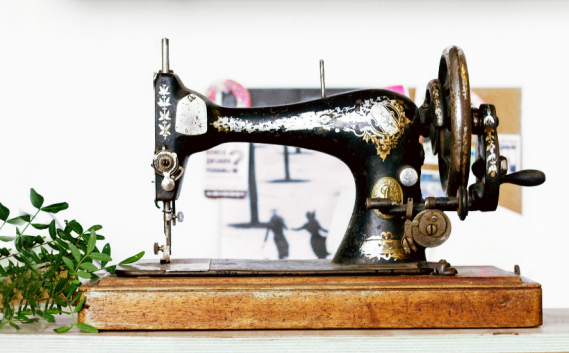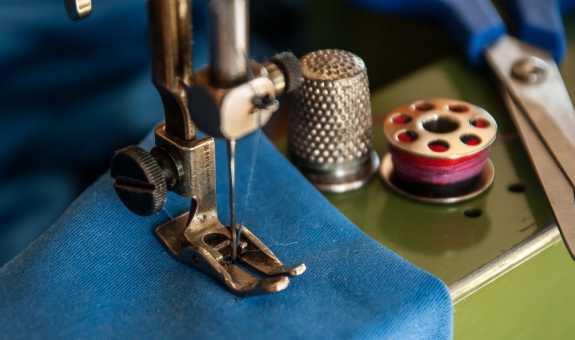
You may think it really doesn’t matter what needle you choose for a particular project but this is very far from the truth. They might seem small and insignificant, but sewing machine needles can make a major difference to your stitching.
Sewing with damaged or blunt needles can cause broken threads, skipped or uneven stitches, fabric puckering or even permanently damaged fabric.They’re inexpensive and easy to get hold of – so why take the chance of ruining your precious work?
Needle size and type are the two things you need to pay attention to. The of needle you need will be determined by the of fabric you’re using (eg sheer, knit or woven) and the needle will be determined by both the thickness of the thread and the weight of your fabric.
Before we even think about this though, did you know that there are words for the different parts of your sewing machine needle? So many words in fact, for such a small item…
● The shank is the part of the needle that fits into your sewing machine. It’s semi-circular in shape and the flat side faces towards the back of the machine (or away from you)
● The shaft is the main length or body of the needle and the groove that runs the length of the needle shaft holds the needle thread. The diameter of your thread should occupy no more than 40% of the groove.
● The point and tip of the needle refer to its size, shape and length, all of which will vary depending upon the type of needle you’re using.
● And finally… the scarf of the needle is an indentation on the reverse that allows the bobbin hook to smoothly grab the thread under the sewing machine throat plate to create a proper stitch.
After all of that you’ll probably be pleased to learn that there are really only three main types of needle in common use (though there are plenty of other speciality needles!)
● Universal Needles do what their name states and are a good general purpose needle with a slightly rounded point that can be used on woven and nonwoven fabrics as well as some of the heavier knits.
● Jersey Needles have a medium ballpoint tip that’s great for knit fabrics. It slips between the fibres rather than piercing them as a pointed needle might, and so doesn’t cause any breakages or damage while you’re sewing.
● Stretch Needles are often confused with jersey needles as they also have a medium ballpoint tip. But they also have a special eye and scarf designed to work with extremely stretchy fabrics and elastic such as swimwear.

When choosing your needle you should first select on fabric or usage, and then determine the correct size based on the weight of the fabric and the size of thread that you plan to use.
And then… as if things didn’t seem complicated enough, there are two needle sizing systems to work out – American and European.
American needle sizes range from 8 – 19, whilst European sizes are from 60 – 120. The larger the number, the larger the blade of the needle. Often both sizing numbers will be shown on the needle packet, like. Some manufacturers colour code their needles – with shank colour varying according to needle type.
After all this, sewing machine needles only have a lifespan of between six and eight hours of stitching time – and this can be even less if you’re working with very heavy fabrics. So it’s good practice to change your needle every time you begin a new project.
Do you have any tips for working with sewing machine needles? If so, please leave them in the comments below. We’d love to know!
![]()
Want more hints & tips? Then click below to get our free newsletter – you’ll even get some fab free patterns too…
*Article originally appeared in Bustle & Sew Magazine. Find out more HERE
Leave a Reply